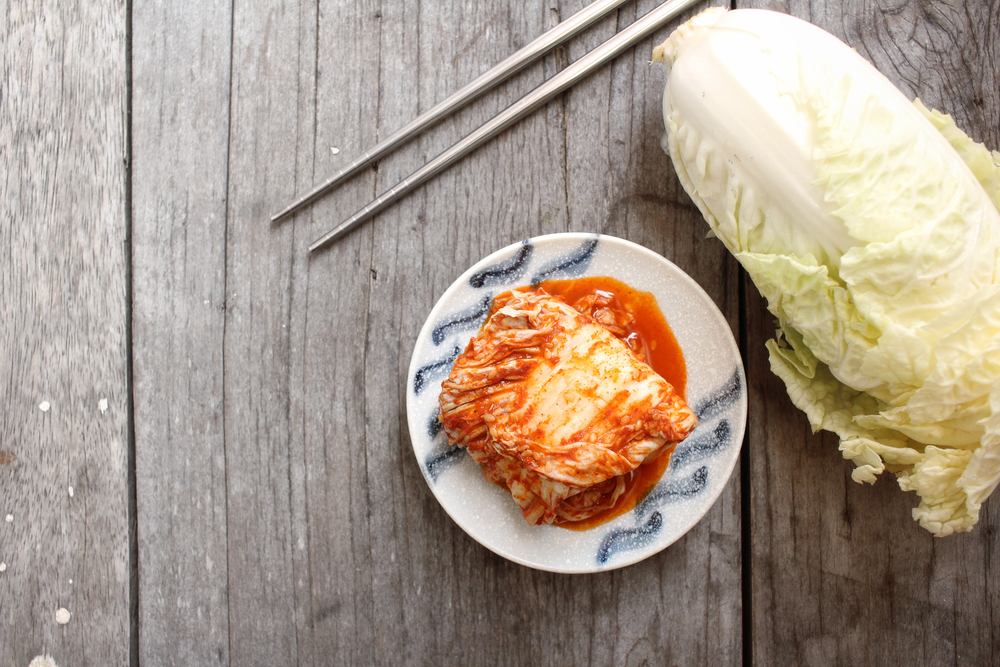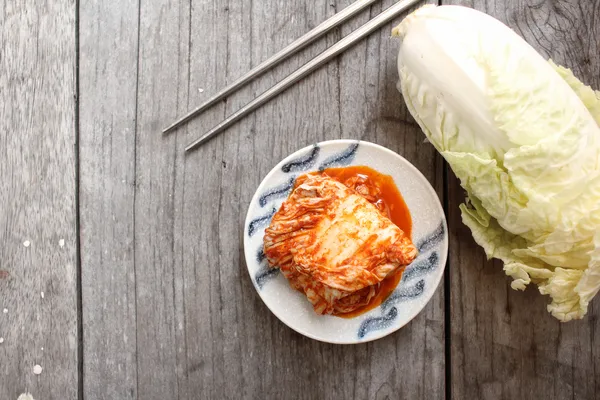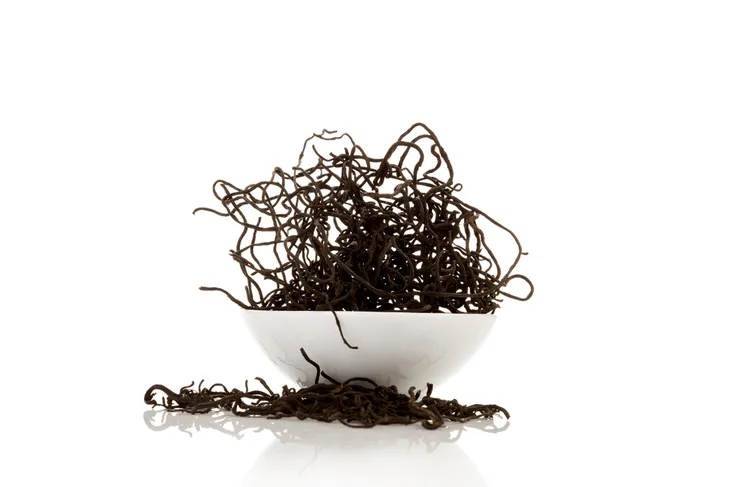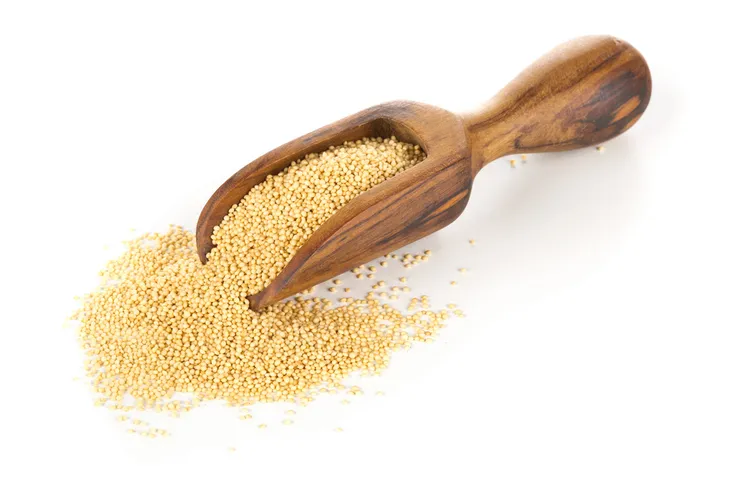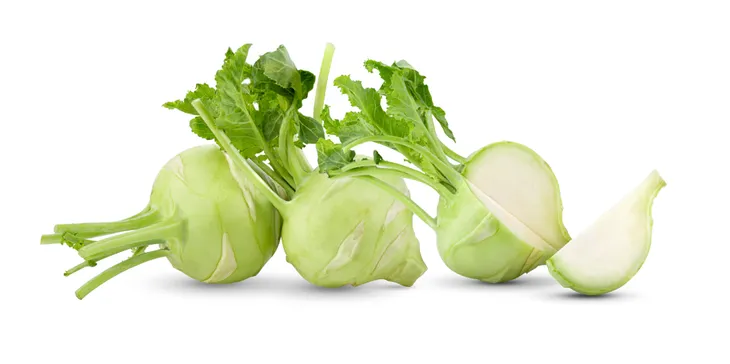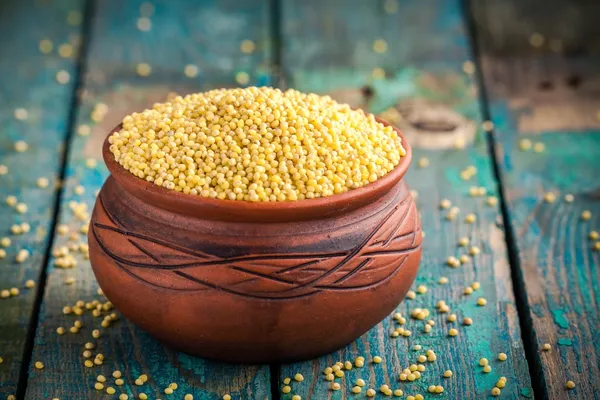You may think you have all the healthy diet menu choices down pat. The truth is there are many weird and wonderful foods you may never have considered that should find their way onto your plate.
Healthy eating does not have to be boring. Just take a look at these strange foods and you decide…
Wheatgrass
Wheatgrass is considered one of the superfoods because of its rich vitamin, mineral and nutrient content, which combine to detox your body. It’s considered to be one of the healthiest vegetables you can eat.
According to an article published on Mercola.com, this is because “wheatgrass is grown from wheat seeds, and contains high amounts of chlorophyll.” Most people juice it, but wheat grass is also available in supplement form.Wheatgrass is best served in liquid form as a drink or smoothie.
Marmite Spread
Vegetarians and vegans love this low fat, low sugar spread made from yeast extract. Not only does it taste great on sandwiches or crackers, but it’s full of vitamins, minerals and protein.
According to a BBC article, every mouthful contains a healthy and tasty proportion of essential nutrients. In fact, marmite is beneficial for seniors who are vitamin B-12 deficient and young women of child-bearing age that are low in folic acid.
 abimages / Shutterstock.com
abimages / Shutterstock.comKimchi
This bizarre fermented vegetable has a long standing reputation for aiding digestion, which some attribute to the healthy bacteria it contains.
According to research from the National Institutes of Health, this traditional Korean staple is considered a naturally probiotic food due to fermenting vegetables with probiotic lactic acid bacteria (LAB). Kimchi also contains impressive amounts of beta carotene, fiber and vitamin C in abundance.
Arame
This unique lettuce-like vegetable (or kelp) grows in the sea off the coast of Japan. Its chock full of vitamins, minerals and fiber which helps strengthen hair and nails.
In fact, research from Livestrong.com explains that homeopaths and natural practitioners often eat or apply seaweed topically as a way to improve, exfoliate, and strengthen skin due to the array of rich vitamins and minerals within. Not only that, but seaweeds, like arame, are also great for your complexion too.
Black Pudding
Black pudding (or blood pudding as it’s often called) is exactly as it sounds…and even though it might not sound very appetizing, this food contains a bounty of nutrition. Black pudding is made from the dried blood of pigs and cows. This English delicacy tastes very similar to sausage.
However, research from the BMJ Journal found that black pudding is rich in protein and contains an easily absorbed type of iron called “heme.” This particular food is particularly good for people suffering from anemia (or who are iron deficient).
Amaranth Grain
This ancient grain has been around for a long time and has a reputation as being easy to digest. That’s why it’s the grain of choice for those recovering from various illnesses.
In addition, studies show that amaranth is a great source of iron, potassium and vitamins A and C, as well as protein, fiber, iron, magnesium, manganese, and phosphorus, which help protect bones while aiding digestive efficiency. In fact, amaranth 2013 study published in the International Journal of Food Sciences and Nutrition notes that eating amaranth will help boost the nutritional value of calcium for stronger bones.
Kohlrabi
Believe it or not, this strange looking vegetable is related to cabbage and broccoli! It looks like a striped cross between a turnip and a radish and adds a touch of the exotic in a salad or stir-fry.
However, the health benefits of kohlrabi go much further. For instance, the Physicians Committee for Responsible Medicine reports that this veggie contains cancer fighting phytochemicals plus a good supply of vitamin C and potassium to keep you healthy.
Hemp Milk
I’ll bet you didn’t know you could get milk from hemp. This nutritious drink is great at breakfast or as a midday pick me up.
Help milk is chock full of goodies like omega-3 fatty acids, calcium, iron, and vitamins. Try a glass of this delicious beverage as an alternative to milk or use it with your morning cereal. Either way it’s a great dairy alternative, plus it’s vegan friendly and great for those who suffer from dairy allergy or intolerance.
Millet
Don’t let the fact millet is used in bird seed scare you away. It’s vitamin rich, full of minerals and manganese, which aid in the development of connective tissue, bones and sex hormones. Plus, it’s extremely versatile and can be sprinkled in a salad, smoothie, in yogurt, or mixed with other vegetables.
According to Joy Bauer, nutrition and health expert for NBC’s TODAY show, foods rich in magnesium, like millet, can help treat osteoporosis. And even though the scientific research is somewhat controversial, research links high magnesium diets with better bone density and less risk of fractures.
